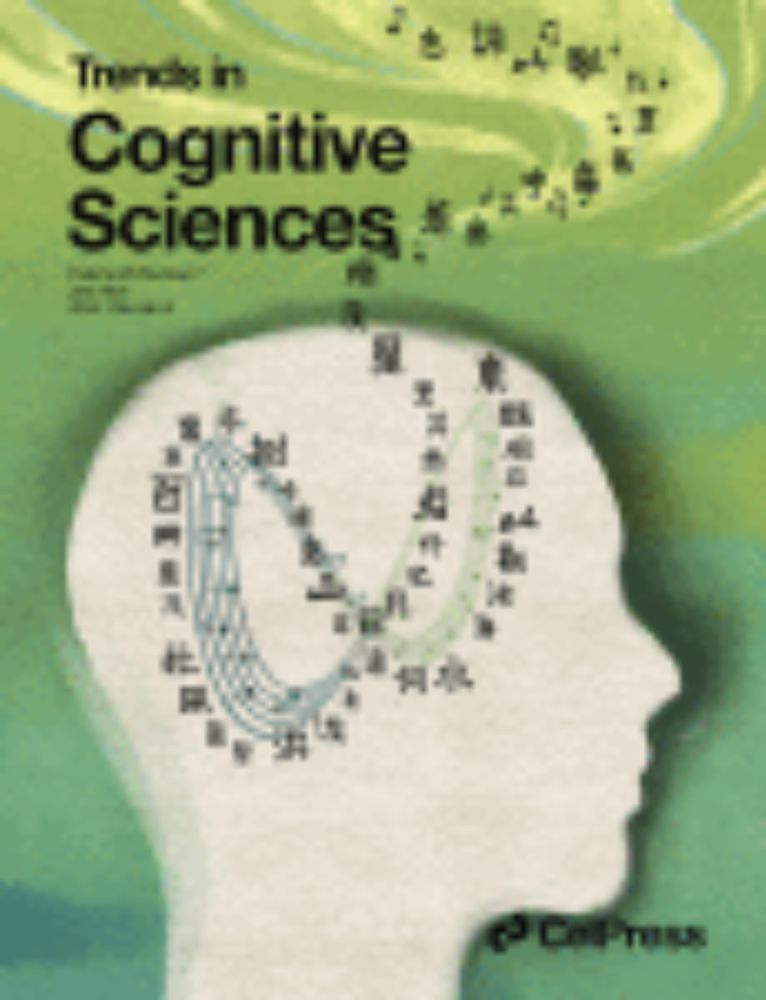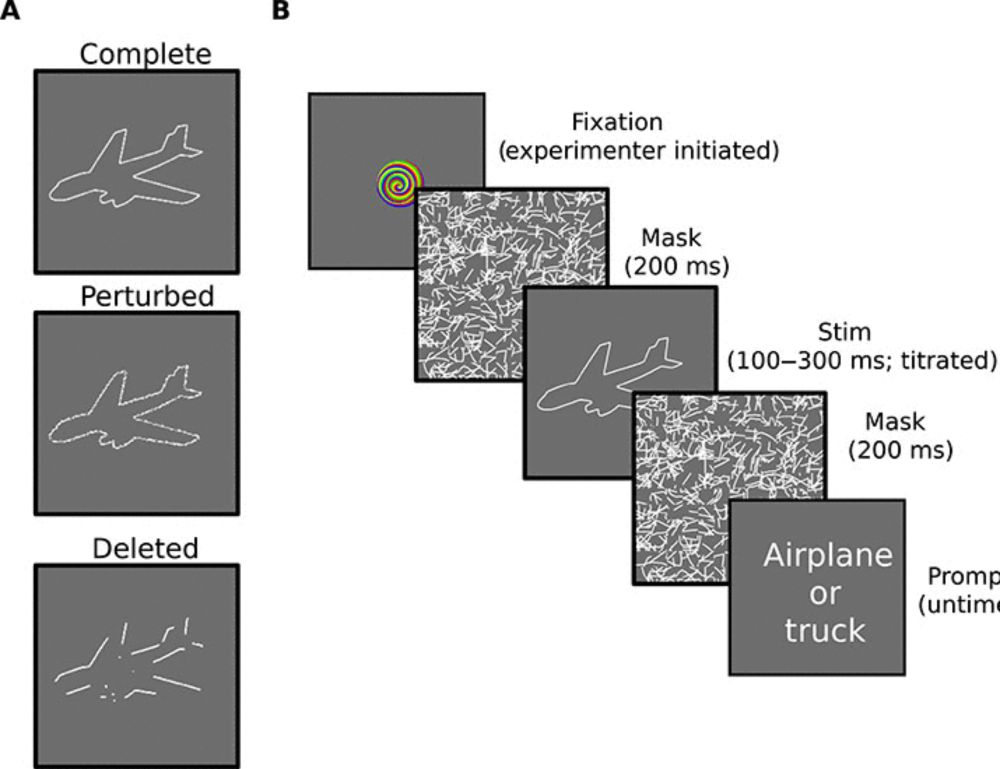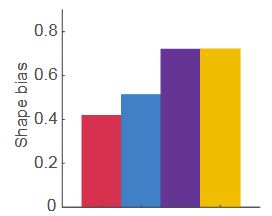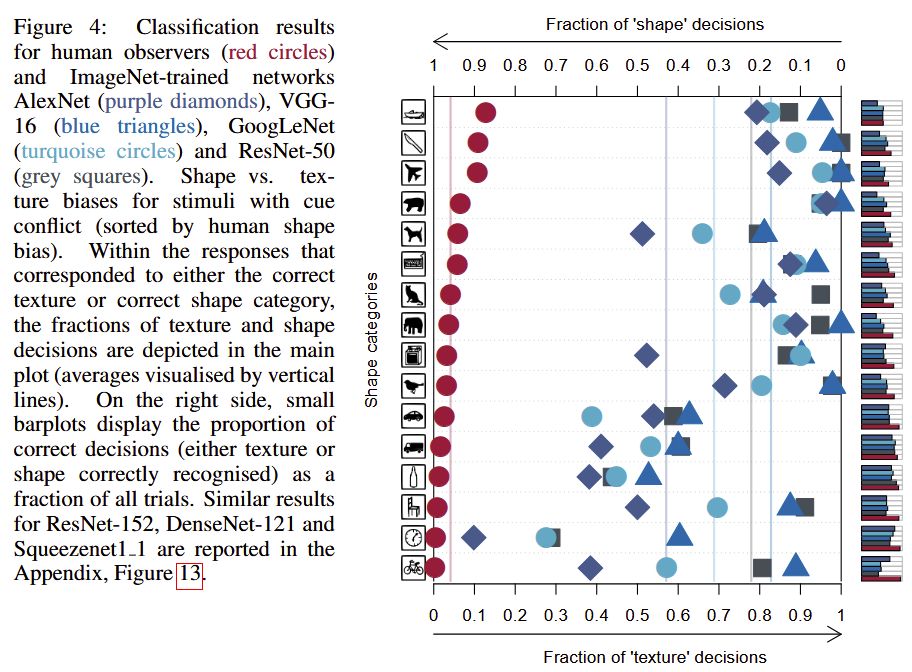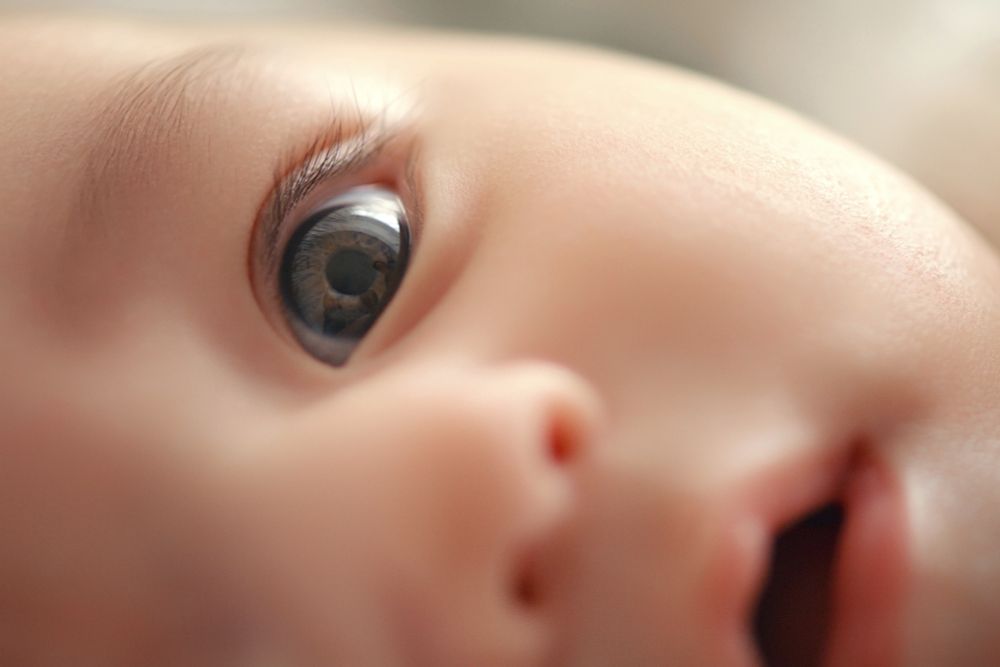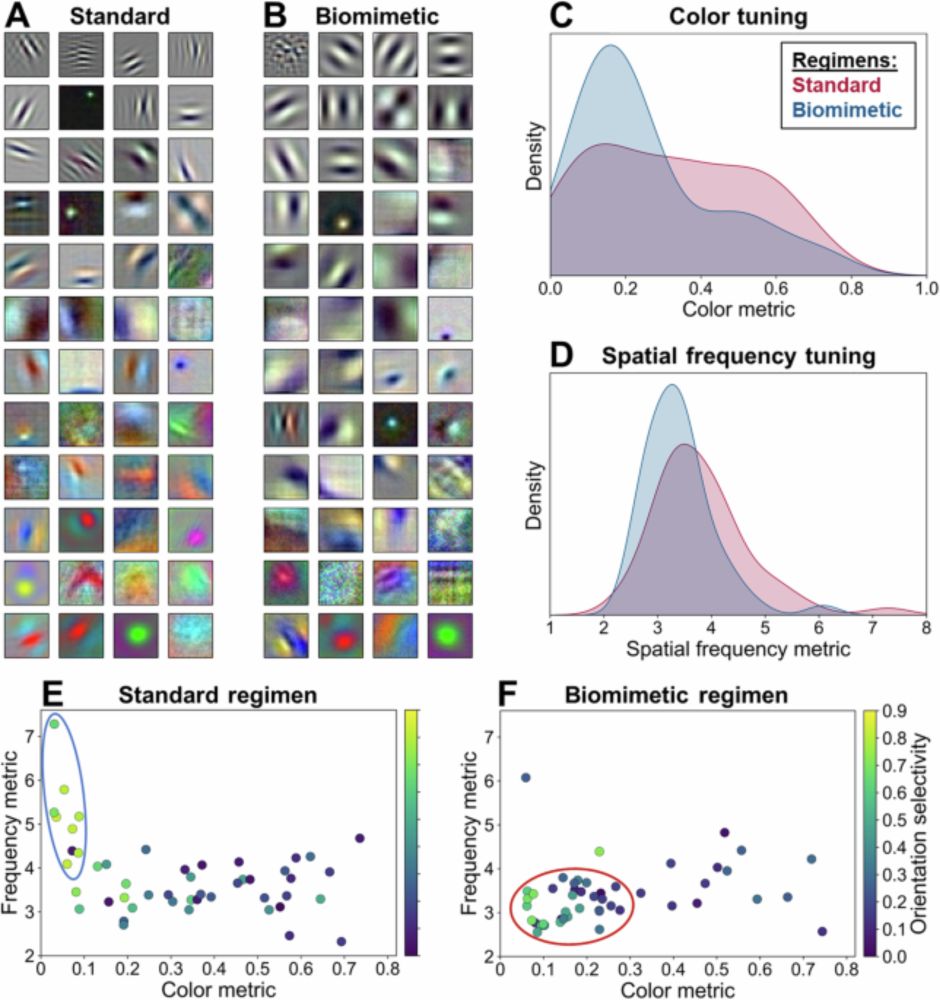Lukas Vogelsang
@lukasvogelsang.bsky.social
130 followers
220 following
15 posts
Simons Postdoctoral Fellow in Pawan Sinha's Lab at MIT. Experimental and computational approaches to vision, time, and development. Just joined Bluesky!
Posts
Media
Videos
Starter Packs
Reposted by Lukas Vogelsang

